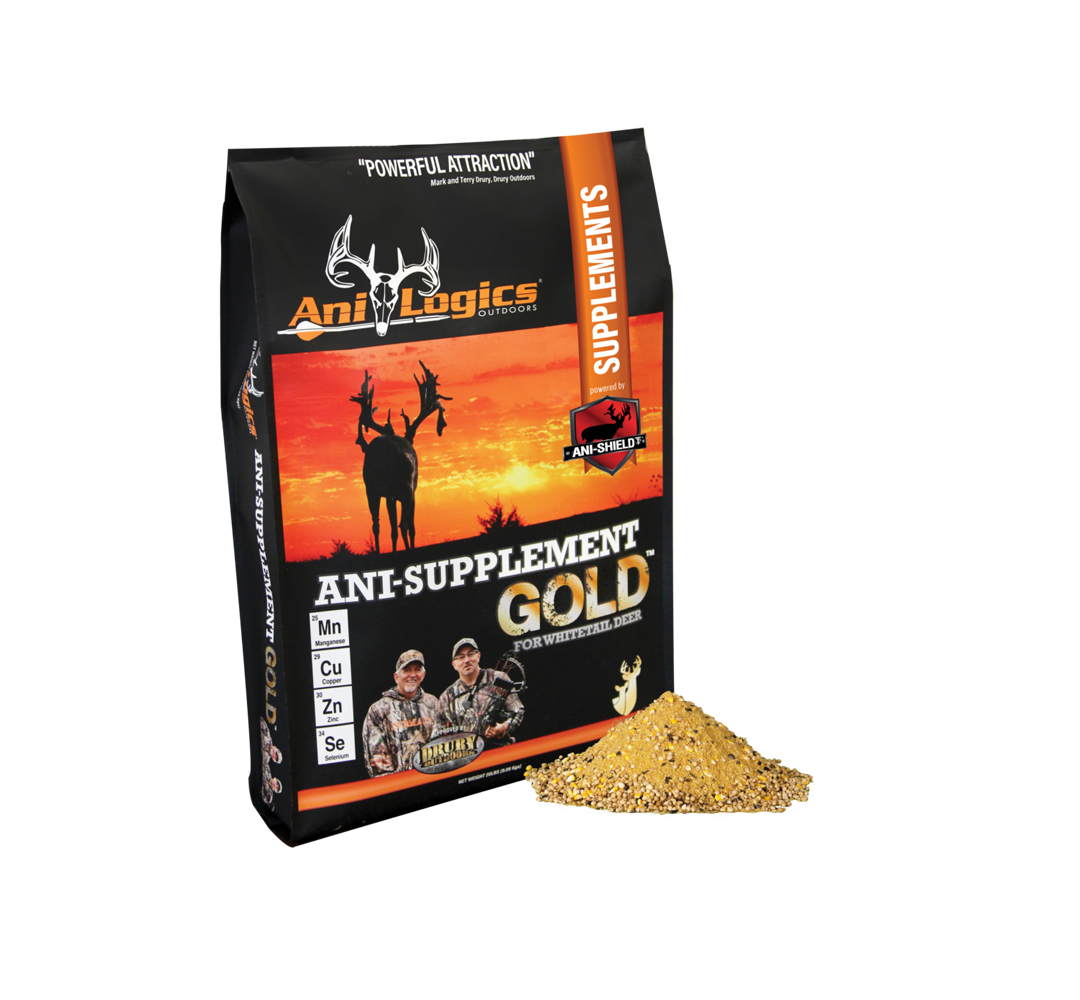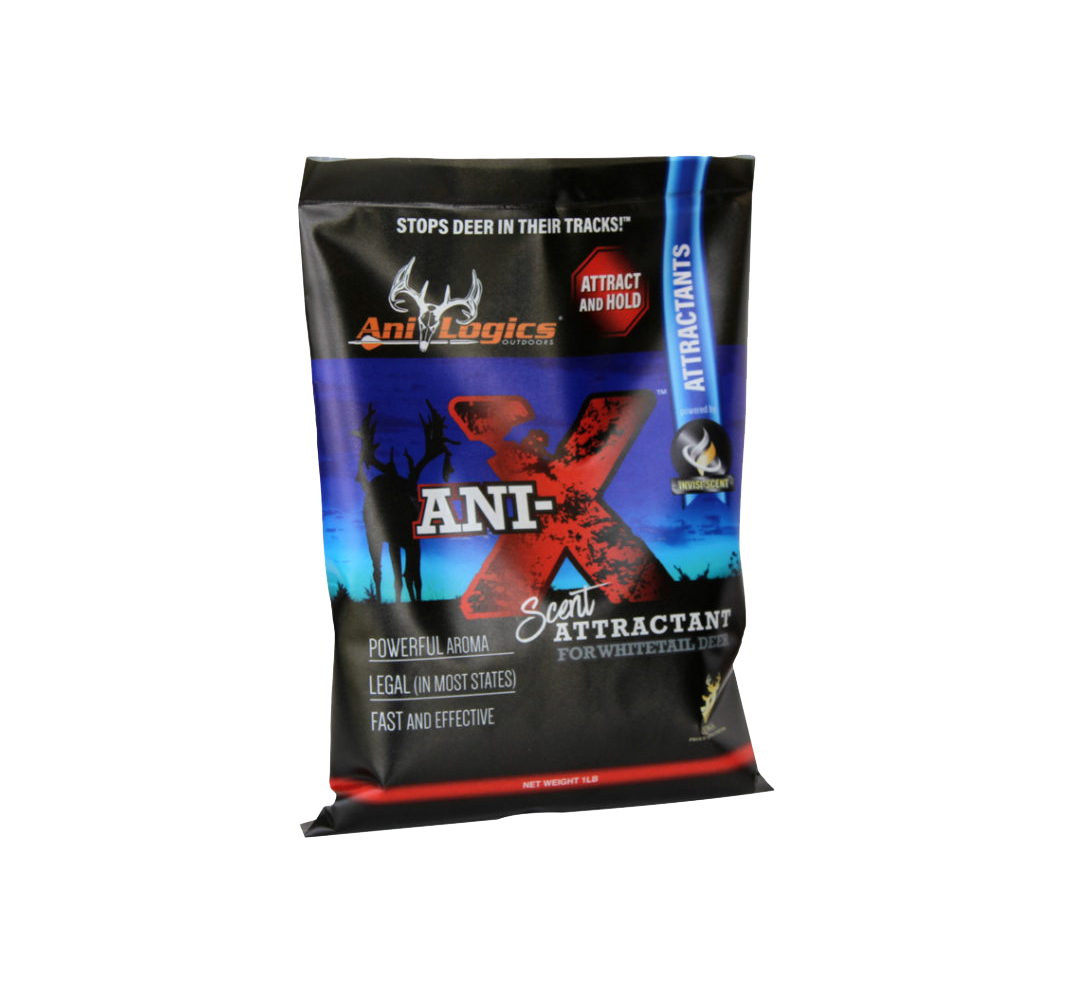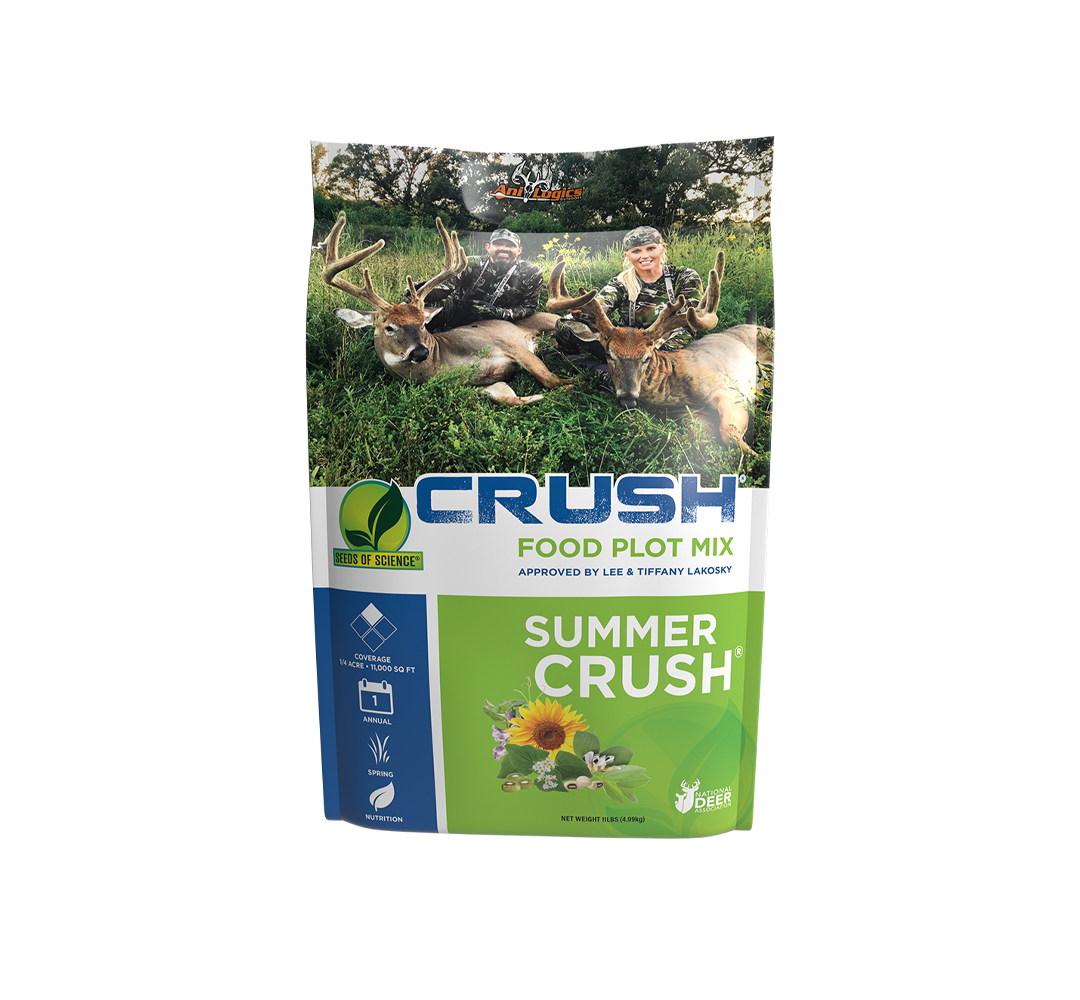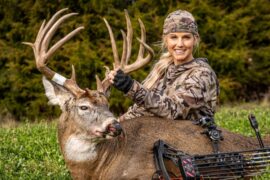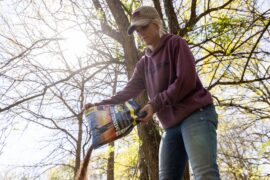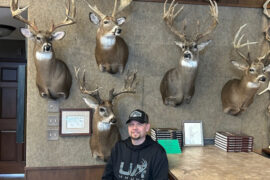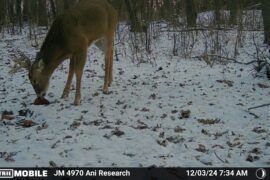EHD hits in Wet Years Too
HemorrhagicDisease or (HD) is a disease that effects white-tailed deer that is caused by two closely related viruses, Epizootic Hemorrhagic Disease (EHD) and Blue tongue Virus (BT). Outbreaks have occurred throughout the white-tail’s range, and in bad years the death toll can be in the hundreds of thousands. When you hear about EHD hitting an area, the first thing that comes to mind is a drought. In reality HD can hit just as bad during a wet period as it can during a drought. I recently spoke to a customer inSoutheastern Pennsylvania that experienced a widespread EHD outbreak during one of the wettest years they have ever had. He talked about how they have gotten steady rain this year and were well above average rainfall for the year so far.
So why is it that EHD occurs in wet years too? The root of the issue is that a tiny biting midge transmits the virus from one deer to the next. The midge uses mud as its preferred breeding habitat. In dry years, pond levels decrease, causing more mud to be exposed. In wet years, areas that are normally covered with vegetation become inundated with water which kills off the plants, thus creating mud flats. Runoff from flooding also creates muddy deposits along creeks and rivers, which helps the midge thrive. The strain of EHD that hits an area also determines the severity of the outbreak. If the area has never been exposed to that strain, higher death loss will occur than in areas were a strain has hit multiple times and the local herd has built up an immunity.
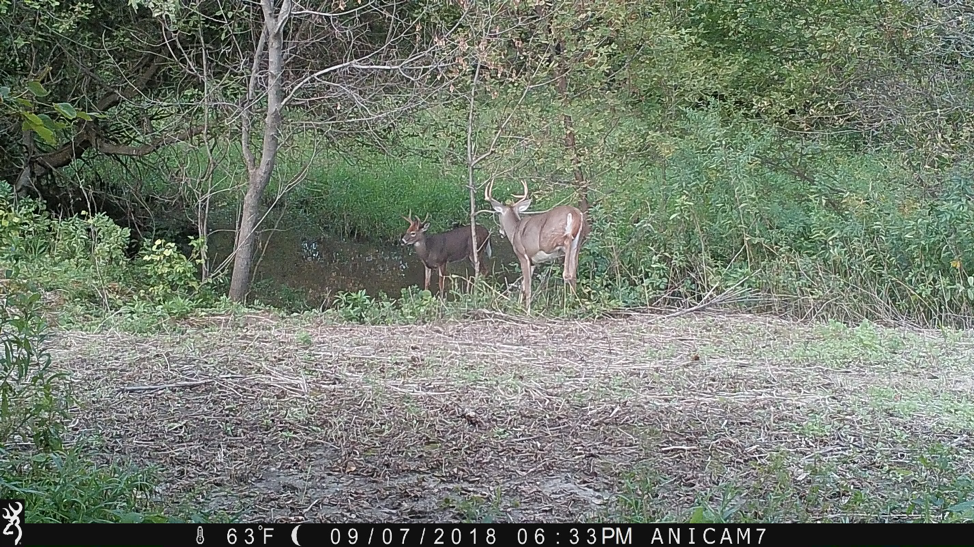
So what can we do about it? First off, if you find a dead deer on your property you should contact a local biologist, so they can determine what the cause was. During an outbreak, there is very little that can be done to slow down its progression. There is hope, however, that nutrition can help a certain portion of the herd survive. If a healthy deer is bitten by a virus carrying midge, the determining factor of whether they live or die revolves around their pre-disease immune system health. If they are able to produce an anti-body response quick enough, they will get sick for a few days, but survive. If their body is not in tip-top shape when they are bitten, chances are good that they won’t make it.
Keeping your herd well fed during the early part of the spring into the summer will ensure their immune system is running at it’s greatest efficiency. There have been studies that showed supplementing copper and zinc to deer increased their immune system’s ability to defend itself from certain pathogens. We know through our own research that essential oils also have the ability to increase the efficiency of the immune system. The saying as ounce of prevention is worth a pound of cure rings true when you are talking about a deer herd exposed to EHD. If you wait until the disease outbreak hits to start feeding, you have already missed the opportunity for success.

If you happen to have experienced death loss due to EHD, the good news is that herds can rebound within several years, and can rebound even faster if given supplemental feed. A study from theMichigan DNR found that supplementally fed does at each age class produced more fawns than does in the unfed group. Click here to read that study. If you have many does giving birth to twins compared to single fawns, the numbers really can add up quickly. Obviously, mature bucks cannot be grown quickly, but at least the next year’s herd recruitment will help offset death loss due to EHD at a population level. Losing deer to EHD is unfortunate, but with help from a balanced diet, you can see a healthy deer herd in a much shorter time frame than if you let the herd rebound without support.
Tim Neuman, Wildlife Biologist
Your Cart
Categories
- Attractants 26
- CWD 1
- Deer Management 62
- EHD 3
- Food Plots 17
- Hunting 85
- Land Management 17
- Minerals 28
- Shed Hunting 4
- Supplements 36
- Turkey Hunting 6
Browse Tags
Products
-
 Summer CRUSH
$39.99 – $129.99
Summer CRUSH
$39.99 – $129.99 -
-
 CRUSH Pro Bean Blend
$139.99
CRUSH Pro Bean Blend
$139.99 -
-
 Mineral Dirt 180 - 20lb
$34.99
Mineral Dirt 180 - 20lb
$34.99 -
-
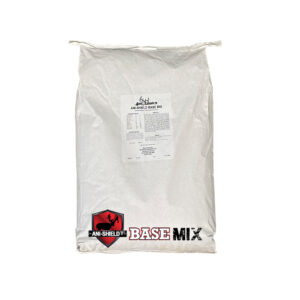 Ani-Shield Base Mix
$59.99
Ani-Shield Base Mix
$59.99 -


